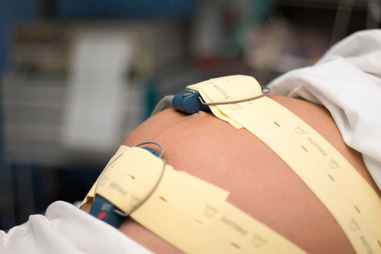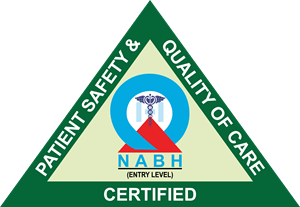surveillance with NST/CTG STUDY
A nonstress test is a typical pre-birth test used to monitor a child’s well-being. During a nonstress test, the child’s pulse is checked to perceive how it answers the child’s development. The expression “nonstress” alludes to the way that nothing is finished to put weight on the child during the test. Regularly, a nonstress test is suggested when it’s accepted that the child is at an expanded gamble of death. A nonstress test might be finished following 26 to 28 weeks of pregnancy.

Risks
A nonstress test is a harmless test representing no dangers for you or your child. The expression “nonstress” alludes to the way that nothing is finished to put weight on the child during the test. While a nonstress test can offer consolation about your child’s well-being, it can also cause tension. A nonstress test could recommend that an issue exists when there is none, which can prompt further testing. Consoling outcomes likewise aren’t proactive, representing things to come. Again, remember that while a nonstress test is often suggested when there’s an expanded gamble of pregnancy misfortune, it’s not generally clear assuming that the test is functional.
Before week 32 of pregnancy, results are viewed as typical (receptive) on the off chance that your child’s pulse advances rapidly to a specific level over the gauge two times or something else for no less than 10 seconds each inside a 20-minute window. At week 32 of pregnancy or later, on the off chance that your child’s pulse advances quickly to a specific level over the benchmark two times or something else for no less than 15 seconds each inside a 20-minute window, the outcomes are thought of as receptive.
If your child’s pulse doesn’t meet the standards depicted over, the outcomes are considered nonreactive. Nonreactive effects could happen because your child was idle or sleeping during the test.


